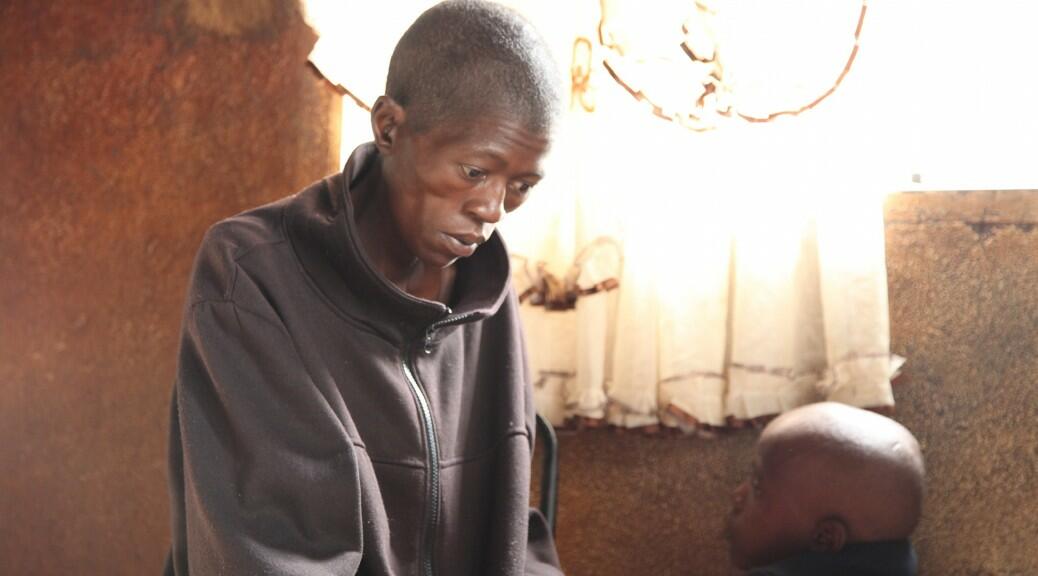
Priya Garg, DTMH 2015
Deep in the heart of Swaziland, a small child in a purple dress, wearing a white respirator mask, dances rhythmically, her tiny legs twisting to the sound of music from her headphones, her footsteps echoing across the humble floors of the Tuberculosis isolation ward.
In the Liverpool School of Tropical Medicine building, we sit, on our tiered lecture theatre rows, watching J Neuman’s documentary; ‘TB, Return of the Plague’. From consultant paediatrician to ICU physician, anaesthetist to post-foundation doctor, we are all universally gripped by the vividly moving and overwhelmingly human stories unfolding before us.
After a few sessions spent learning about maternal & child health, respiratory illness and sharing small triumphs in the Dagnall Laboratory, staring down the microscope at tiny, oblong-shaped vividly pink Mycobacterium bacilli dotted across our stained blue slides, today was the day many of us put our week’s learning in to context.
Following spirited lectures from Professor Bertie Squire, immediate past President of the International Union against Tuberculosis & Lung Disease, we spent that afternoon discussing in our seminar groups as to how we might implement our theoretical learning in the field and what we would do as clinicians in a rural district of Malawi where HIV is rife, laboratory testing sparse & distant, deaths from TB high, even for our patients on treatment, and multi-drug resistant (MDR) TB thrives.
Here, as the film was projected onto our screen, we could see the TB control plans we were guided by our mentors to create, during our discussions, acted out by the physicians and nurses with Medecins Sans Frontieres, the numbers plotted in the surveillance graphs for ‘treatment cured’ and ‘treatment failed’ becoming the people whose journeys we followed with MDR and even XDR (extensively drug resistant) TB, and the unfamiliar, remote terrain we saw on our paper maps, forming the extensive panorama of trees, fields, dusty tracks and soaring mountains before us.
On screen, we were introduced to Zandile, a young, fragile, MDR-TB patient who was soon confined to her bed, a shadow of her previous self, weight plummeting, horribly nauseous, and deaf from the Streptomycin in her cocktail of daily medication, eyes large and staring, desperately cared for by her mother.
We also watch Bheki, a builder and Zandile’s football-mad brother, recently and devastatingly diagnosed with MDR-TB, battling with not only slowly losing his sister to the disease and the grueling physical symptoms, but also the stigma of TB. Furthermore, Bheki has to contend with its complex and lengthy drug regime with numerous adverse side effects, the uncertainty of prognosis, and the impact it has on his independence, his ability to play the sport he loves and do the job he takes pride in.
Ultimately, we see the impact the accumulation of these factors has on his mental health, leading to periods of anger, frank despair and often, utter hopelessness.
Sadly, Zandile is too weak to survive her TB treatment. The local community rallies around brave Bheki and his strong mother as they bury Zandile with hundreds of loving copies of her funeral program. Her death, an emotional, too frequent occurrence in those who contract this currently treatable, and curable, disease.
The WHO (World Health Organisation) estimates that despite its treatability, TB is second only to HIV/AIDS as the greatest killer worldwide from a single infectious agent, with 95% of deaths occurring in low-middle resource settings.
As a brutally young XDR-TB sufferer says, speaking directly to the camera, having self-discharged from hospital to spend her last living days in her own home; ‘TB; it is not fair’.
Here, it is painfully obvious how terrifying TB can be, how difficult it can be to adhere to a heavy pill burden without support, how quickly resistance can occur and spread without adherence to treatment, and how frequently it can and has, ripped families apart. There is clearly much need for continued research, education and medicine, particularly in high endemic, resource-poor areas.
As we aim to be better informed about tropical medicine, the DTM&H provides us with the tools and inspiration to try to not only become more familiar with diseases like TB, but also to hopefully, one day, diagnose, help and treat.